Country School Tales
Part 1: Schoolmarms
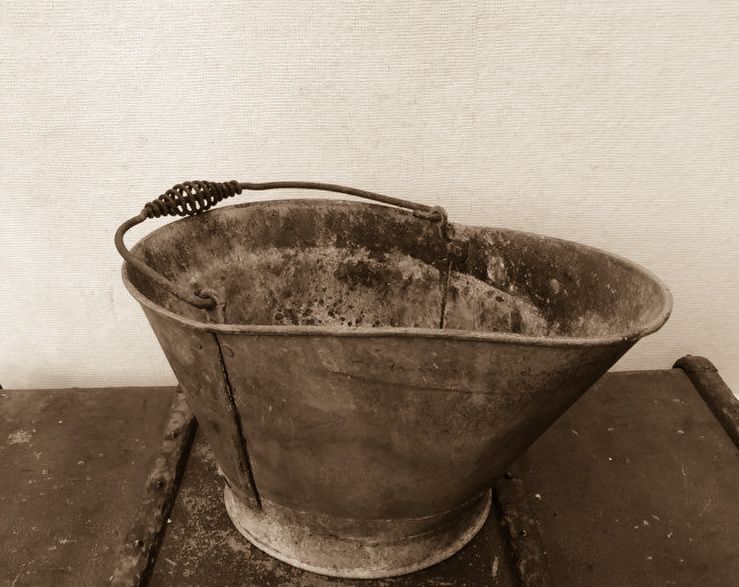
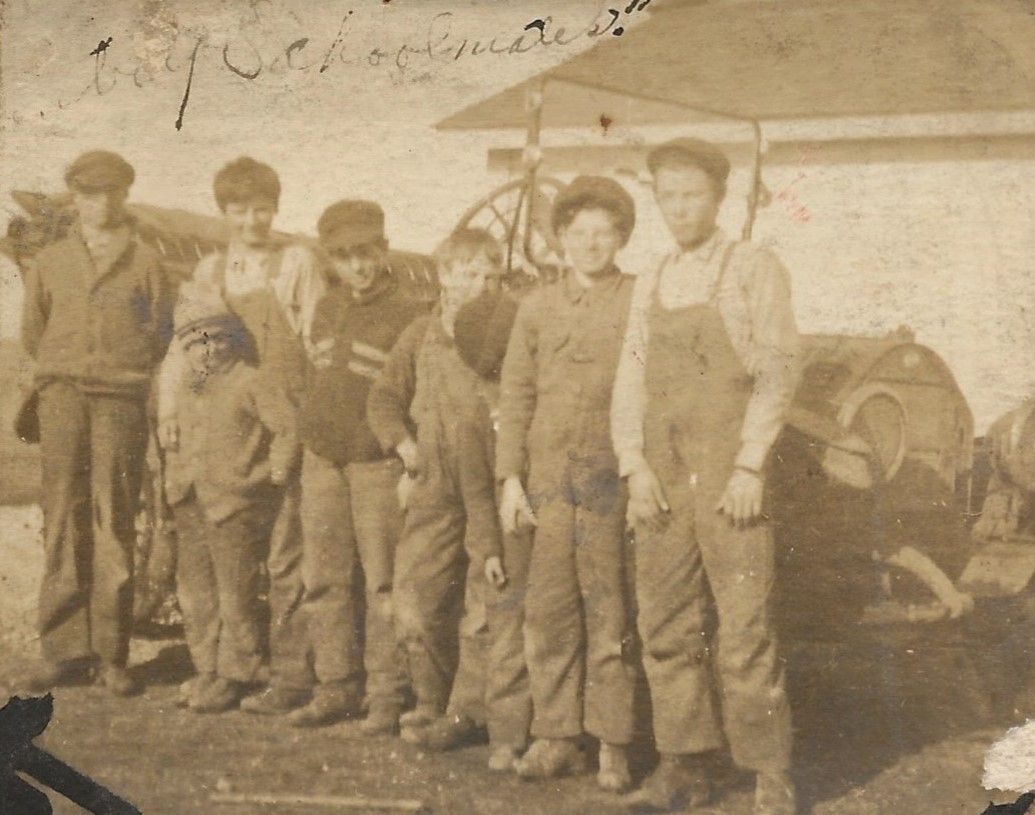
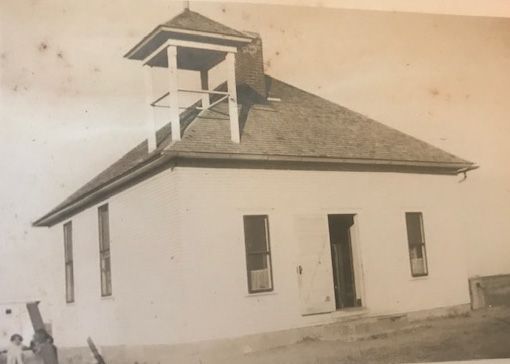
On cold winter mornings, many schoolmarms had to fire the coals to warm the schoolhouse. For years there was no electricity, indoor plumbing or running water. In the early years, they could not be married. If they lived miles away from the school, they boarded with local families.
Sometimes there were as many as twenty-five students in one room, spanning eight grades. They had to be versed in all subjects, and provide opportunities for music and art. They were the backbone of rural schools.
For over seventy years in the school districts around Parkston, the women in my family were “marms.” This is part one of a series of stories capturing life in rural schools.
Rural school near Milltown. Circa, 1937
Schoolmates of Grace Adkins who attended the Stainbrook School. Circa, 1910s
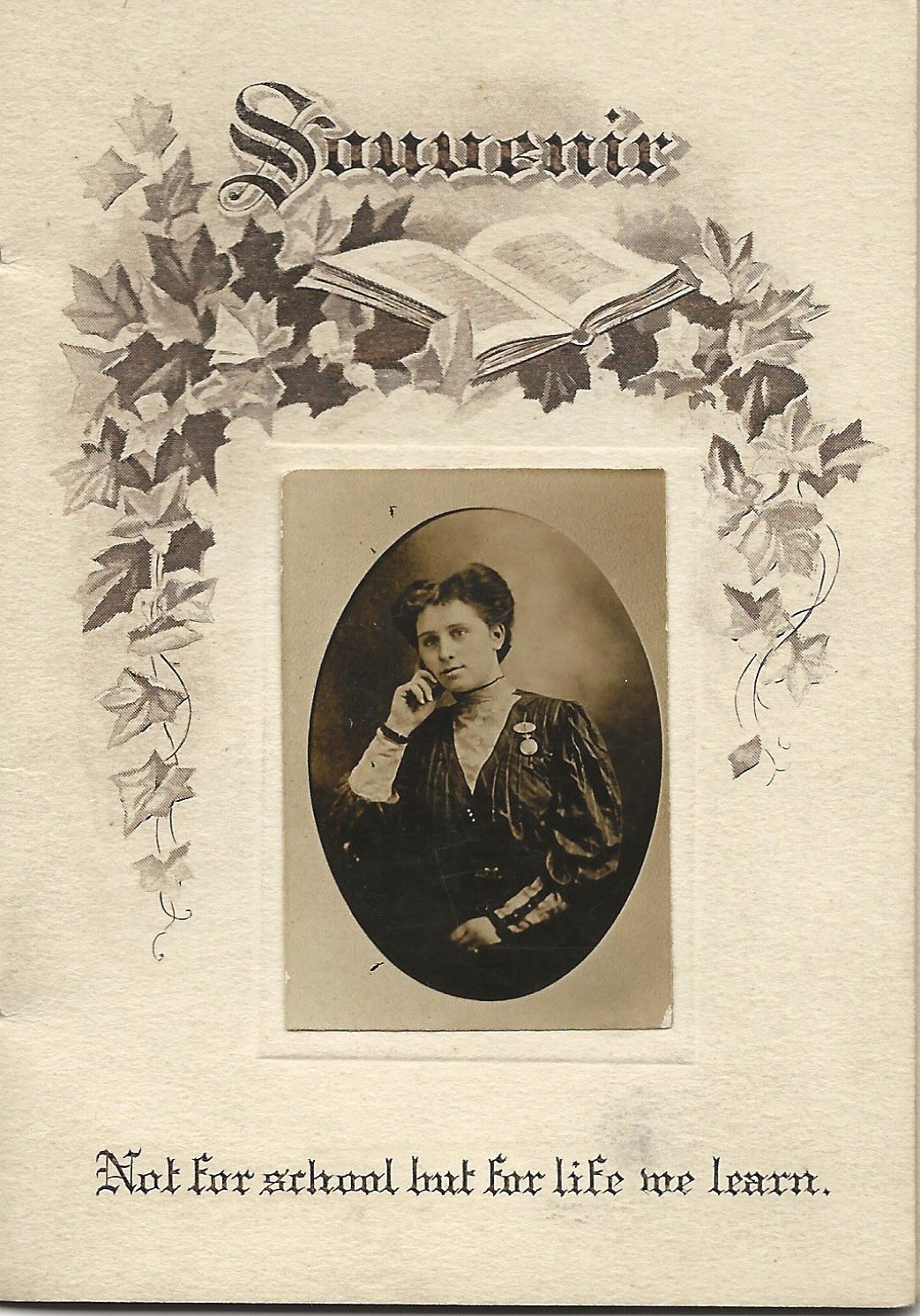
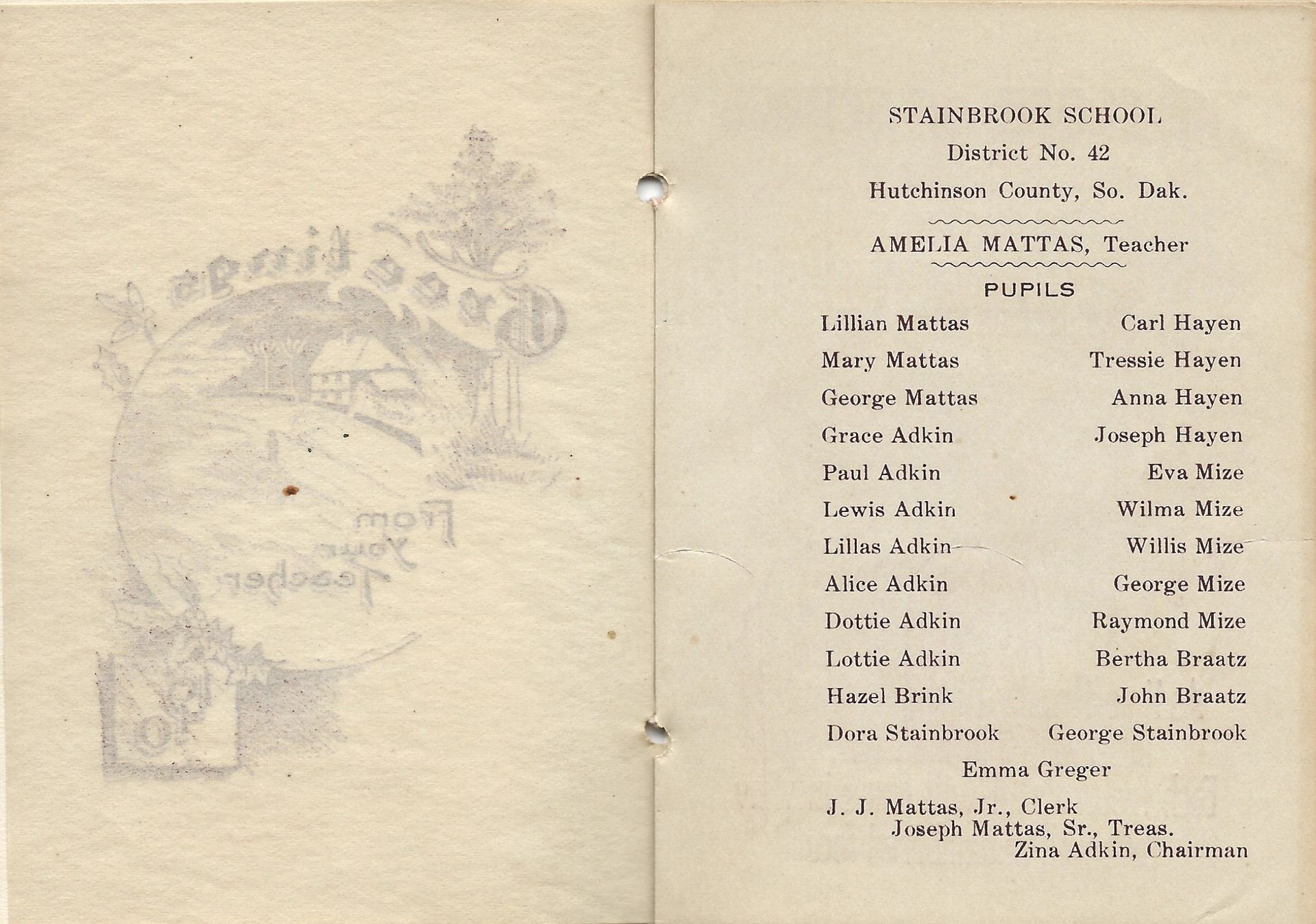
My grandmother, Amelia Mattas Mize was the first schoolmarm in my family. In 1907, she started in the Milltown School at the age of seventeen. By 1910, she was teaching at the Adkins-Stainbrook School, just northwest of Milltown.
Barely older than some of her pupils, and small in stature, she was still able to successfully teach twenty-five students, including her brother and two sisters! For the full story of those early years at the school go to The Adkins-Stainbrook School.
Amelia Mattas' school program. Circa, 1910
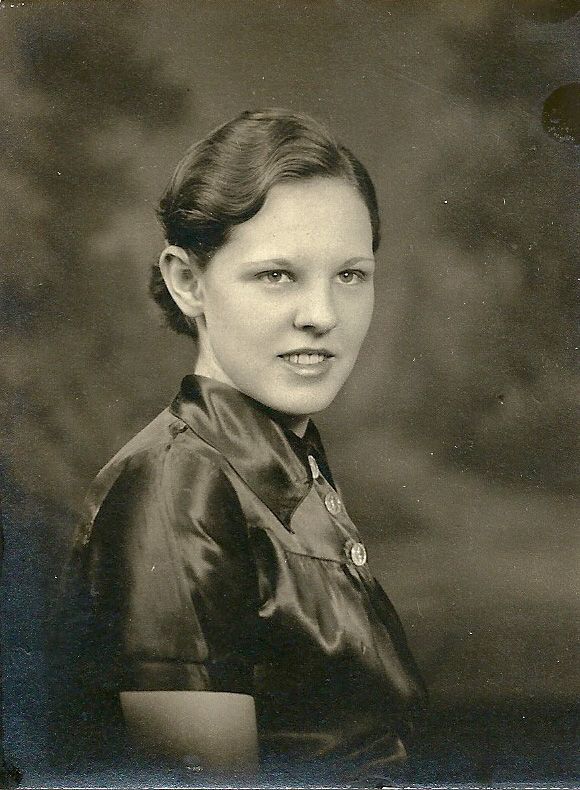
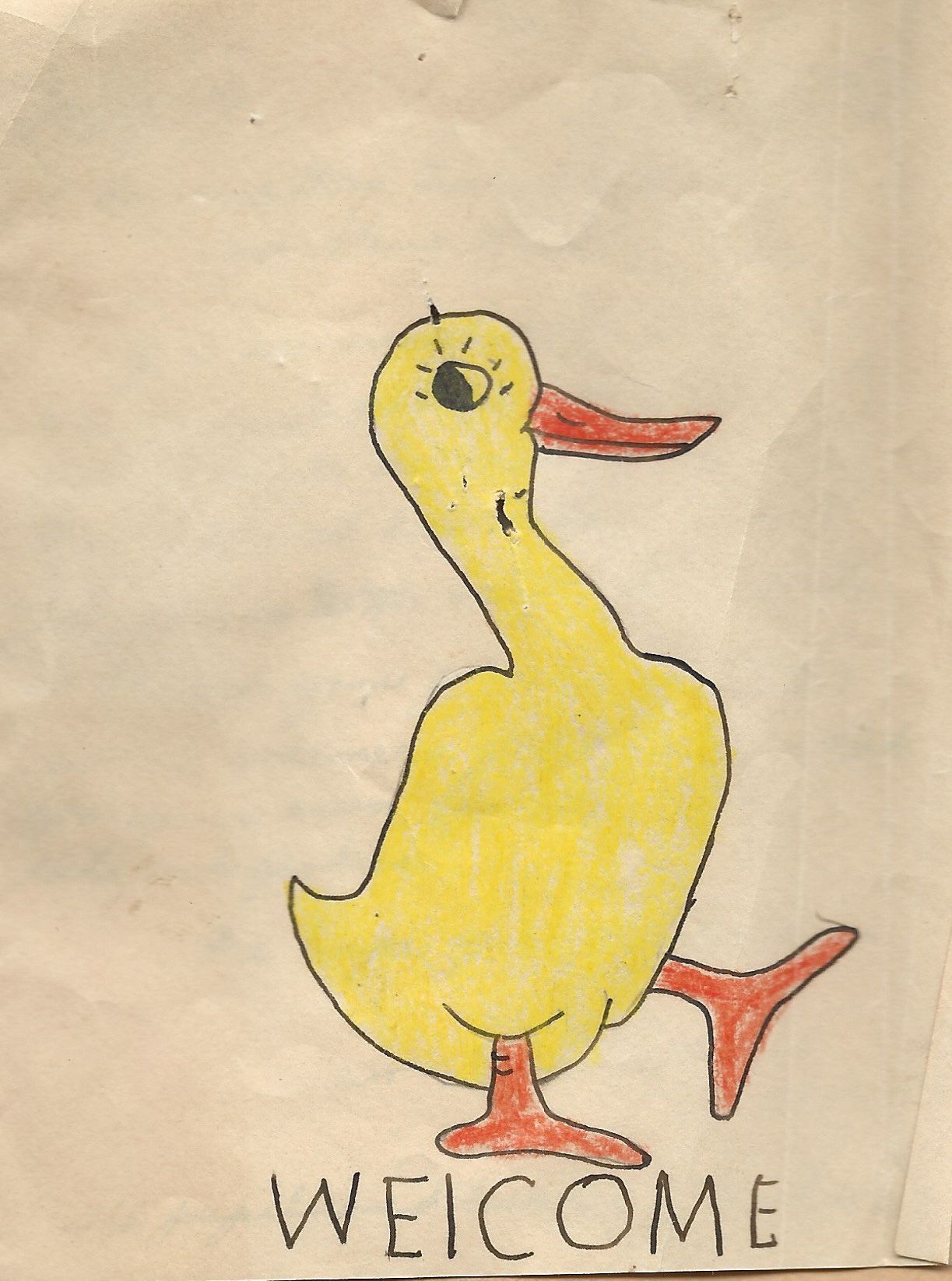
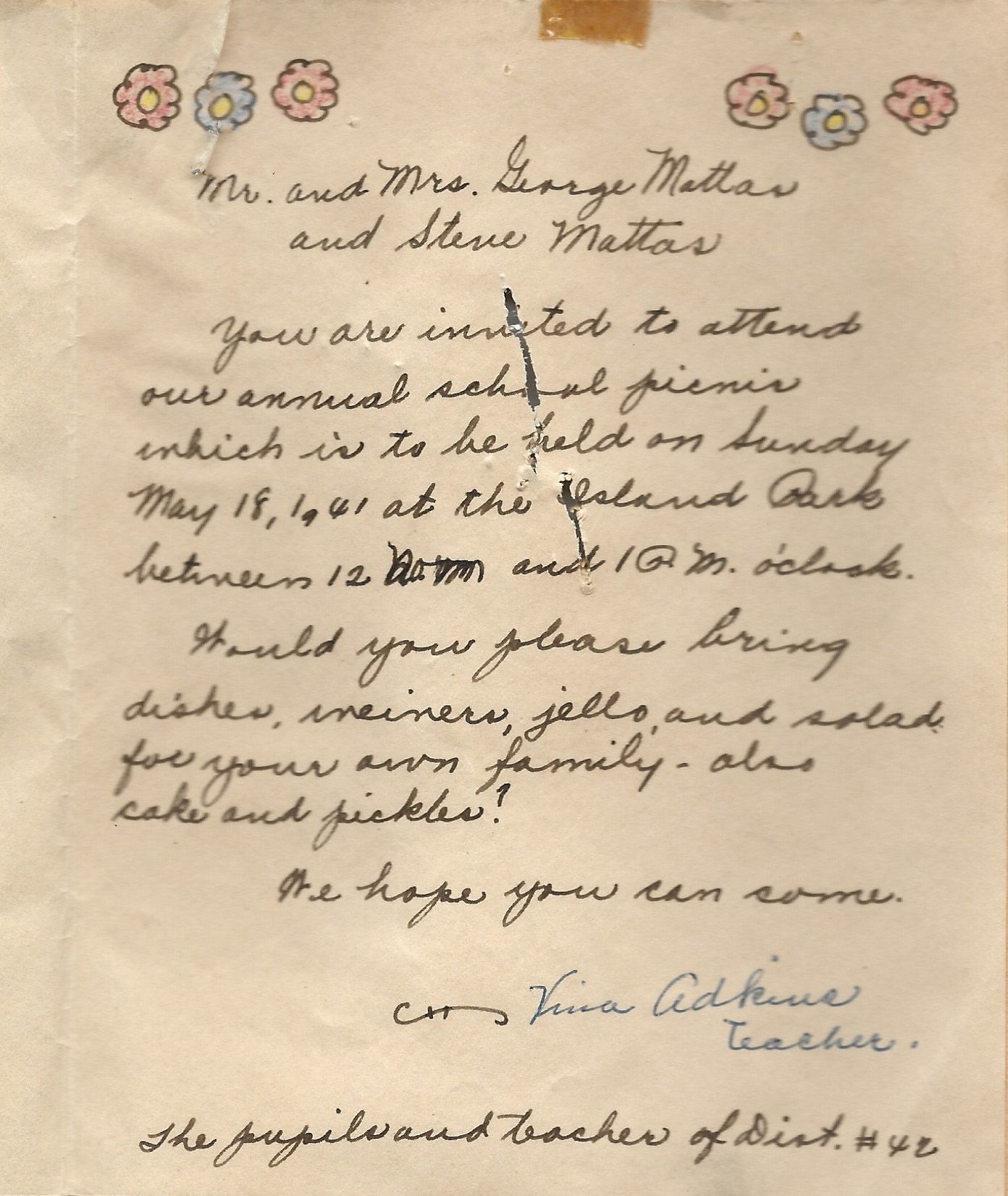
Vina Adkins Myers, my father, Pete Adkins’ sister, started teaching at the Kulm School, 2 miles south and seven miles east of Parkston in 1937. By 1940, she was hired to teach at the Stainbrook School.
Like so many schools in that area, the annual picnic was held at Island Park in Milltown!
Vina Adkins. Circa, 1936
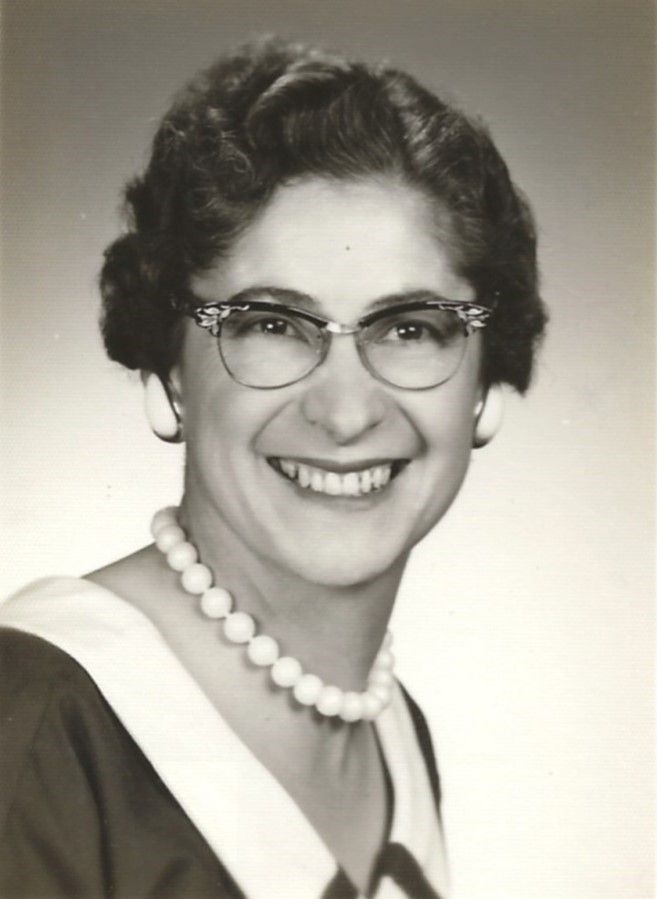
The same year that Vina began teaching, Inez Tatro joined the ranks of schoolmarms. Recently completing courses at Southern Normal School, she was hired - as a single woman - to teach at a school near Milltown.
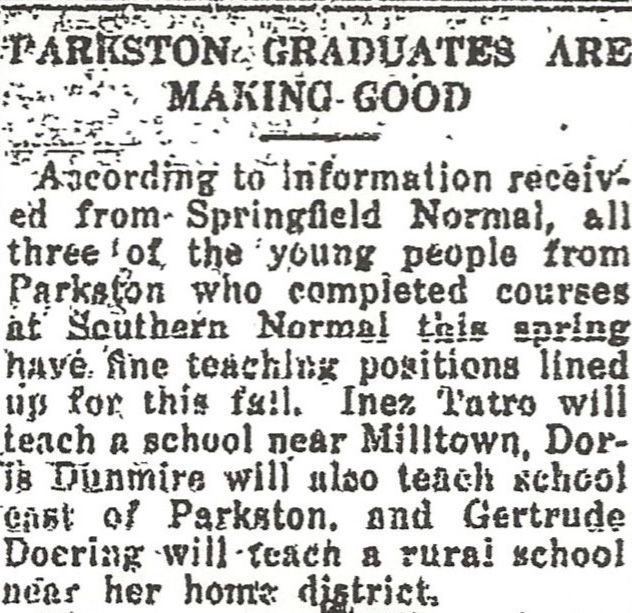
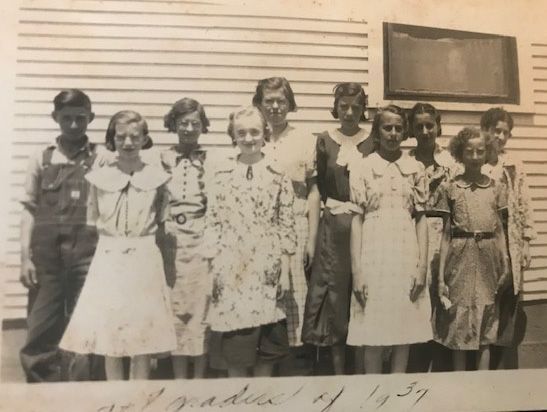
Inez Tatro to the far right of her students near Milltown. Circa, 1937
In 1939, she eloped with my Uncle Everett Mize. According to her son Chuck Mize, they tried to keep it a secret for a little bit. Everyone thought that hiring a married women was a risk, because of the possibility of having a pregnant teacher!
Evidently, the second school she taught at, Fairview School, didn’t care. The school - located 2 miles south and 12 miles east of Parkston - hired her first as Inez Tatro and then as Mrs. Everett Mize. Inez also taught at the Milltown School several years later.
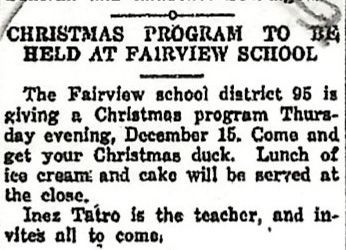
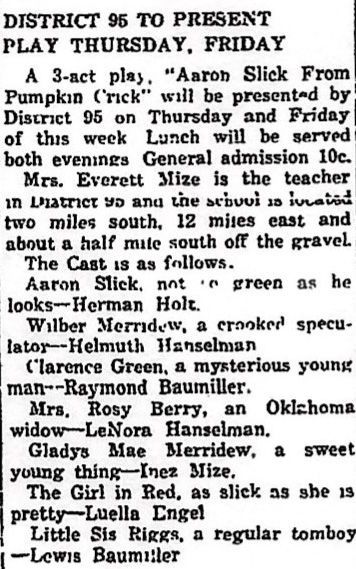
Inez Tatro Mize. Circa, 1950s
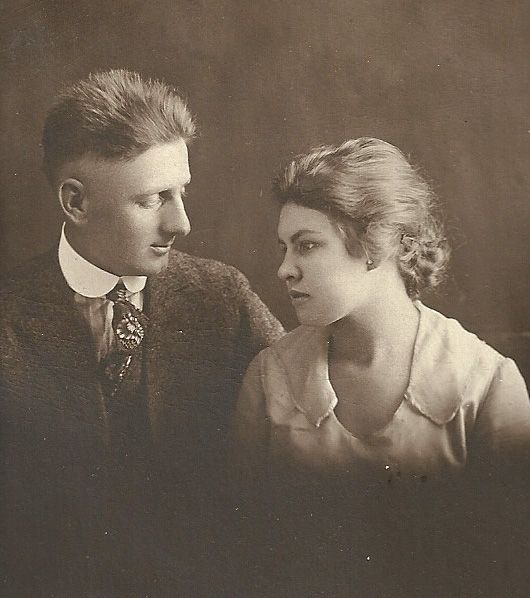
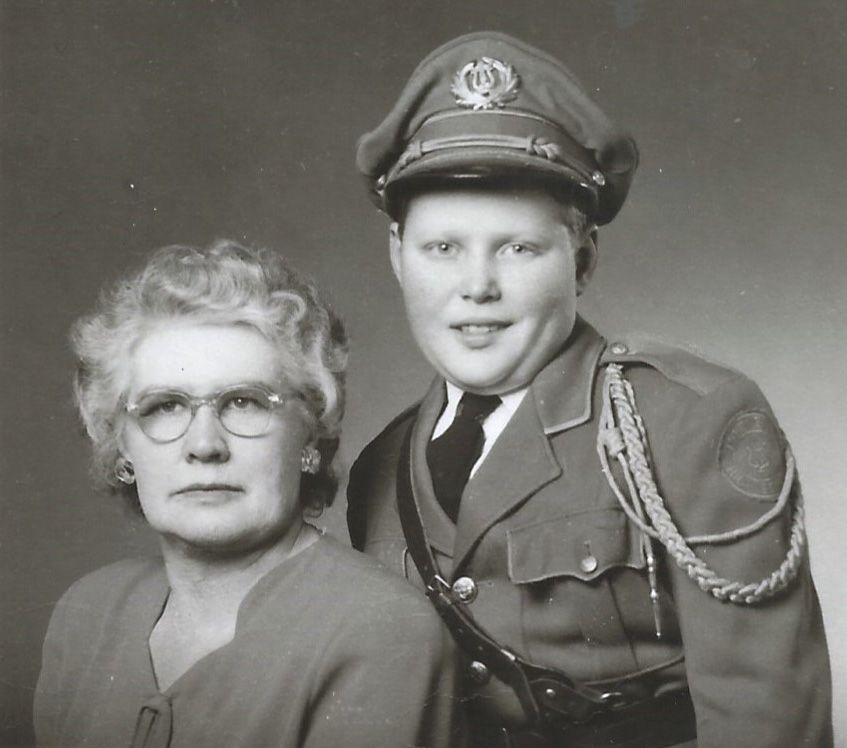
Bill and Hazel Mattas. Circa, 1918
Hazel and Bill Mattas, Jr. Circa, 1957
Times changed, there was a shortage of unmarried women to teach. My great aunt, Hazel Brink Mattas, became a schoolmarm in the 1940s. Hazel had gone to the Stainbrook School and was taught by my grandmother, Amelia Mattas in 1911. She married Amelia’s brother, Bill.
Widowed in 1943, with one son, Bill Jr., she launched her career in her mid-forties. As a single woman, it was a way to pay the bills. Her salary was about $70 a month. She taught for many years at the Kline School, one mile south and two miles east of Parkston airport.
According to her students, she went after her new career with gusto! Her favorite thing was incorporating music in the curriculum. Asa Brink, her father, was a preacher. Richard Winter, one of her students, remembers that they sang a hymn every day at the closing of school!
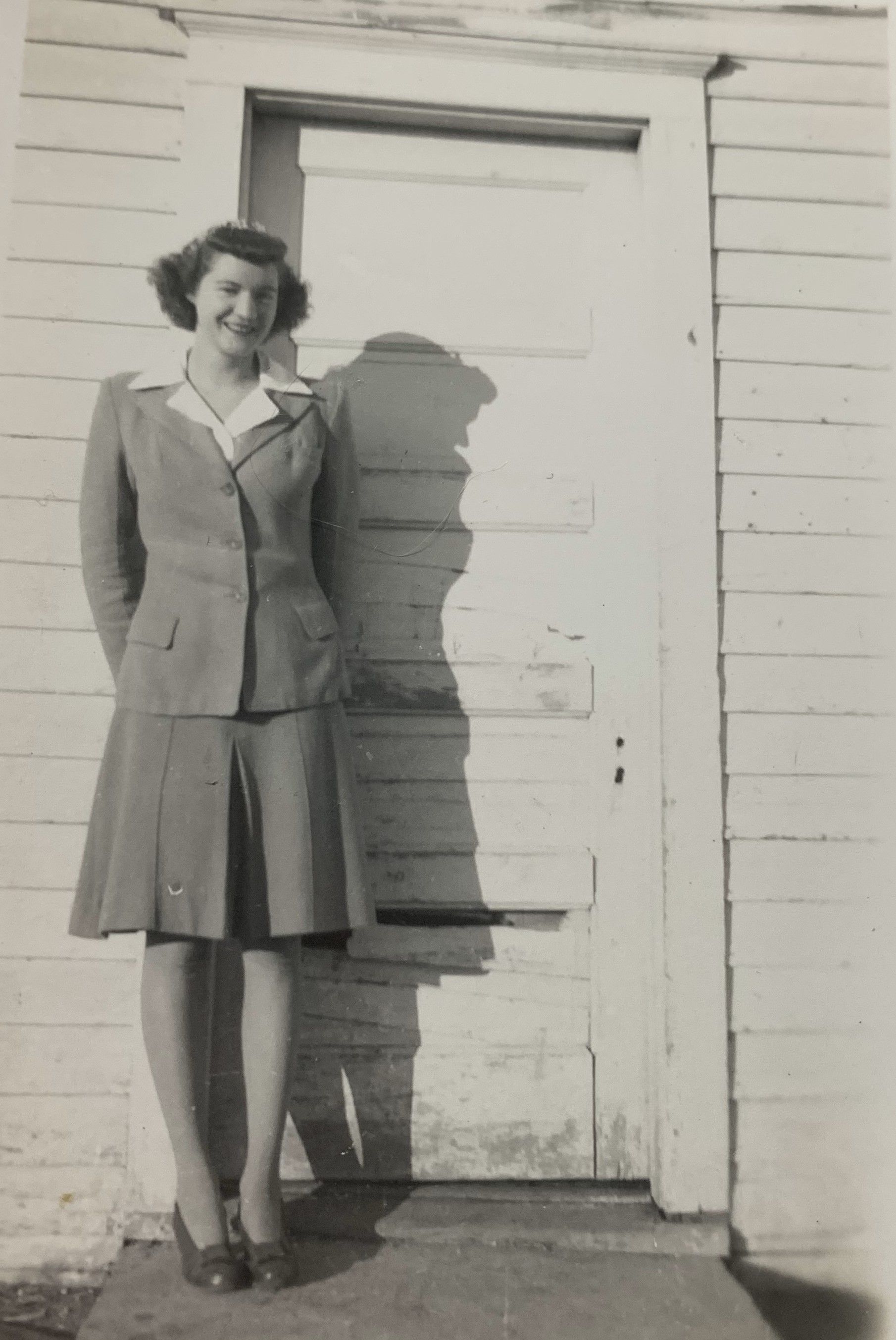
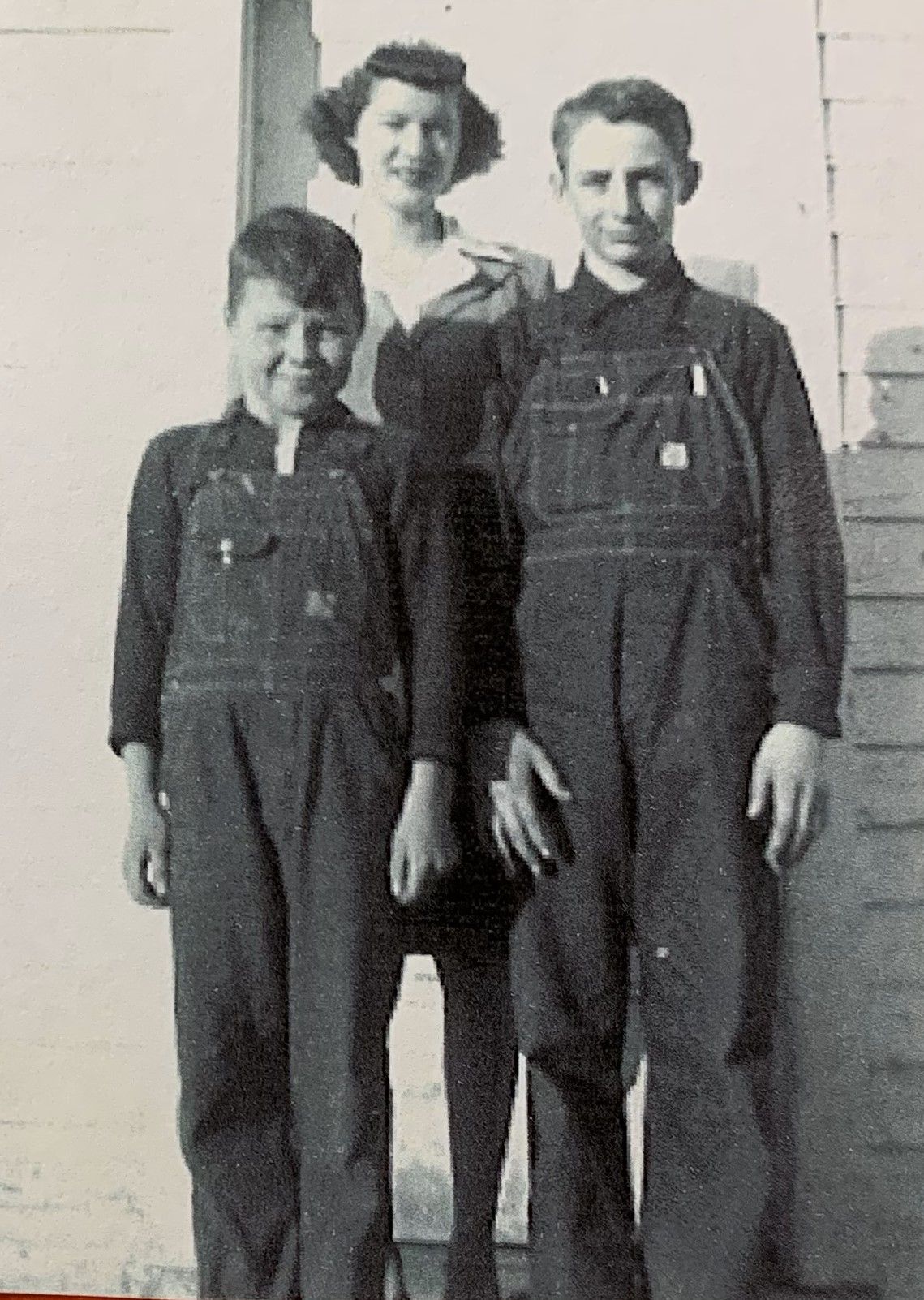
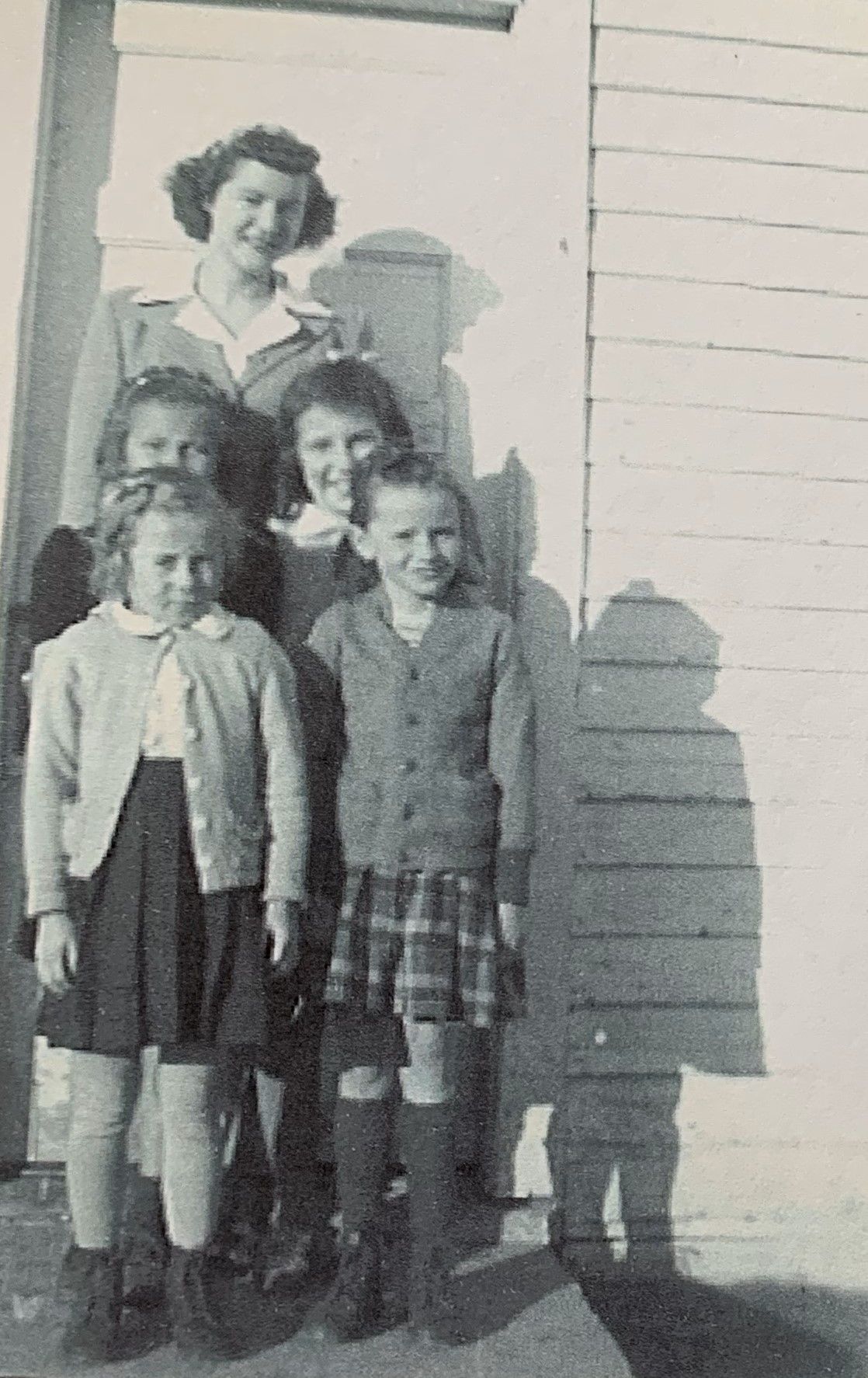
Lucille Gukeisen Striling. Circa, 1940s
With students, Frances and Elmer Walz.
Circa, 1940s
With students, top l-r, Gloria Taylor, Jean Stirling, bottom, l-r, Marlys Walz and Phyliss Stirling. Circa, 1940s
Schools were often named after the families who settled around the districts. One was the Stirling School, 5 miles east of Parkston.
Lucille Gukeisen began teaching there in the 1940s. She was one of those young women who was a boarder with a local family.
The family of course were Stirlings - my Aunt Dot Adkins Stirling (taught by my grandmother Amelia Mattas in 1911) and her husband “Doc.” And who did she teach but more Stirlings, including my cousin, Jean. As love would have it, she was smitten by Jean’s older brother, Kenny Stirling. They were married after World War 2. Lucille went on to teach in the Kulm, Lake City, Dimock and Elm Springs rural schools.
Lucille wasn’t the only Stirling to teach. One of Lucille’s students - and eventually sister-in-law - Phyllis (pictured above), who was married to my cousin Bane, taught in the Pleasant View and Washington School districts. Gail Sperlich, student of Phyllis at Washington School commented, “It is humbling to think about what all these one room school teachers did!"
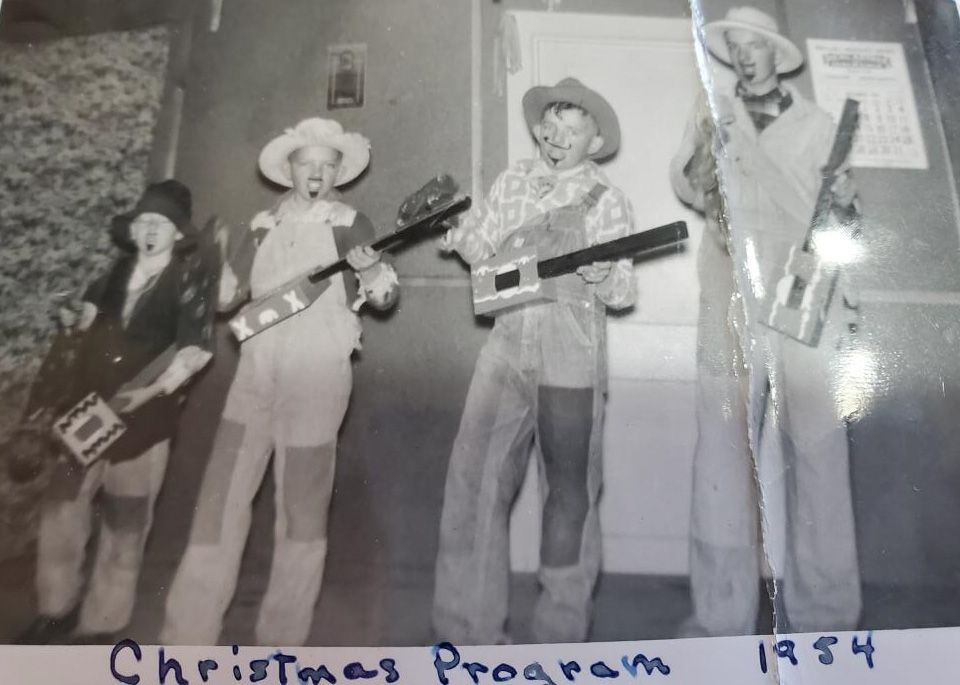
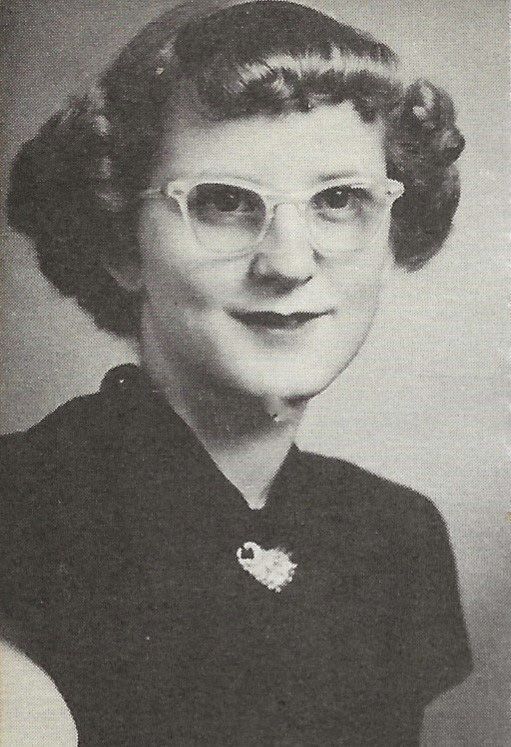
La Vae Rauscher Marquardt. Circa, 1954
Washington School, in Douglas County was the first school that LaVae Rauscher Marquardt taught.
In 1954, there was a shortage of teachers in rural schools. LaVae, just graduating from high school that spring, took a six-week summer course at Dakota Wesleyan in Mitchell. She recalled it didn’t give her much preparation, but off she went to teach!
She was 18 years old, just a year older than when her grandmother, Amelia Mattas Mize, started as a schoolmarm.
Washington School, l-r, Gail Sperlich, Dwayne and Larry Bialas, Ted Schnell. Circa, 1954
Not much had changed in the rural schools since 1911. There was no running water or indoor bathrooms. Instead of coal, there was an oil furnace, but it didn’t heat things well.
La Vae had ten students in one room, teaching numerous grades, and in charge of the programs. It didn’t seem to deter her however, as she went on to teach at other rural schools over the years, including Pleasant View, two miles east and two miles north of Milltown and Elm Springs.
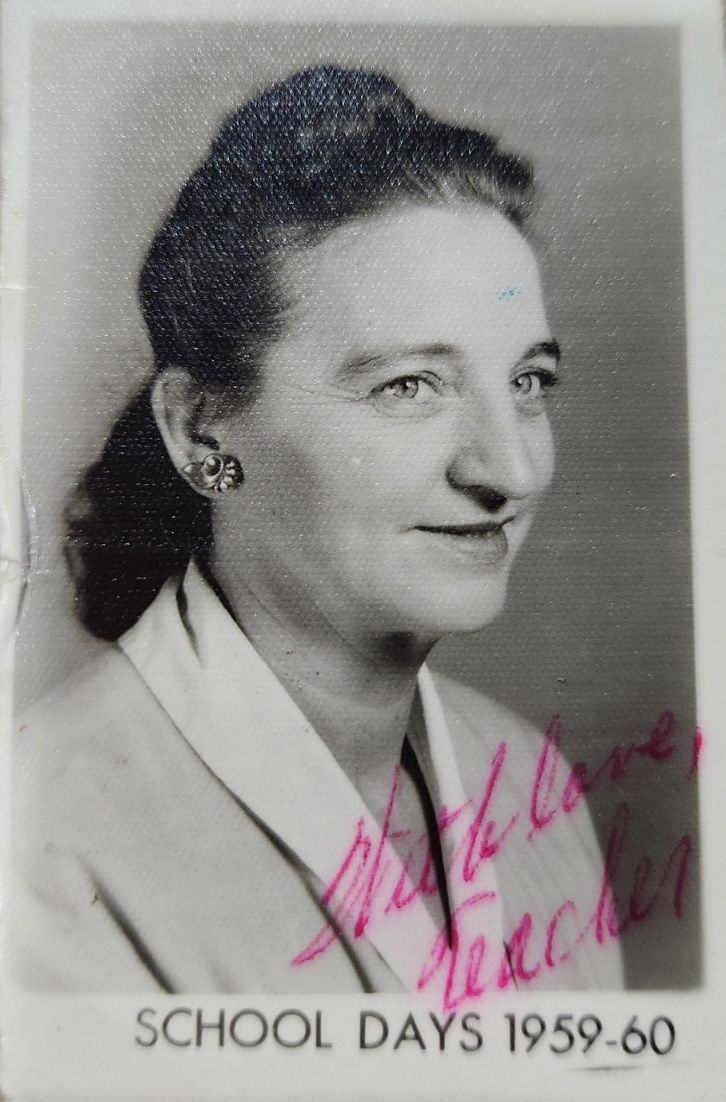
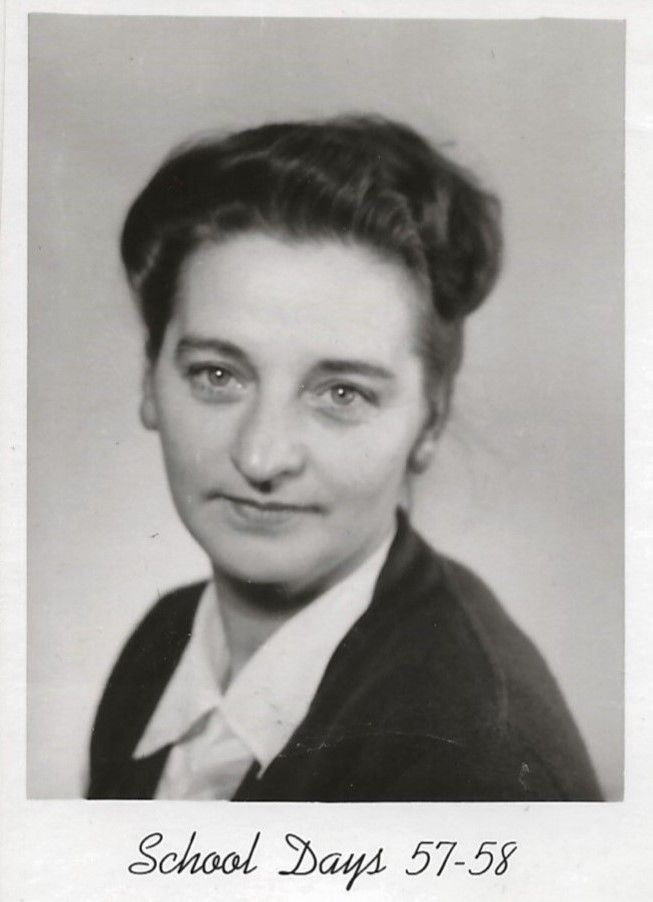
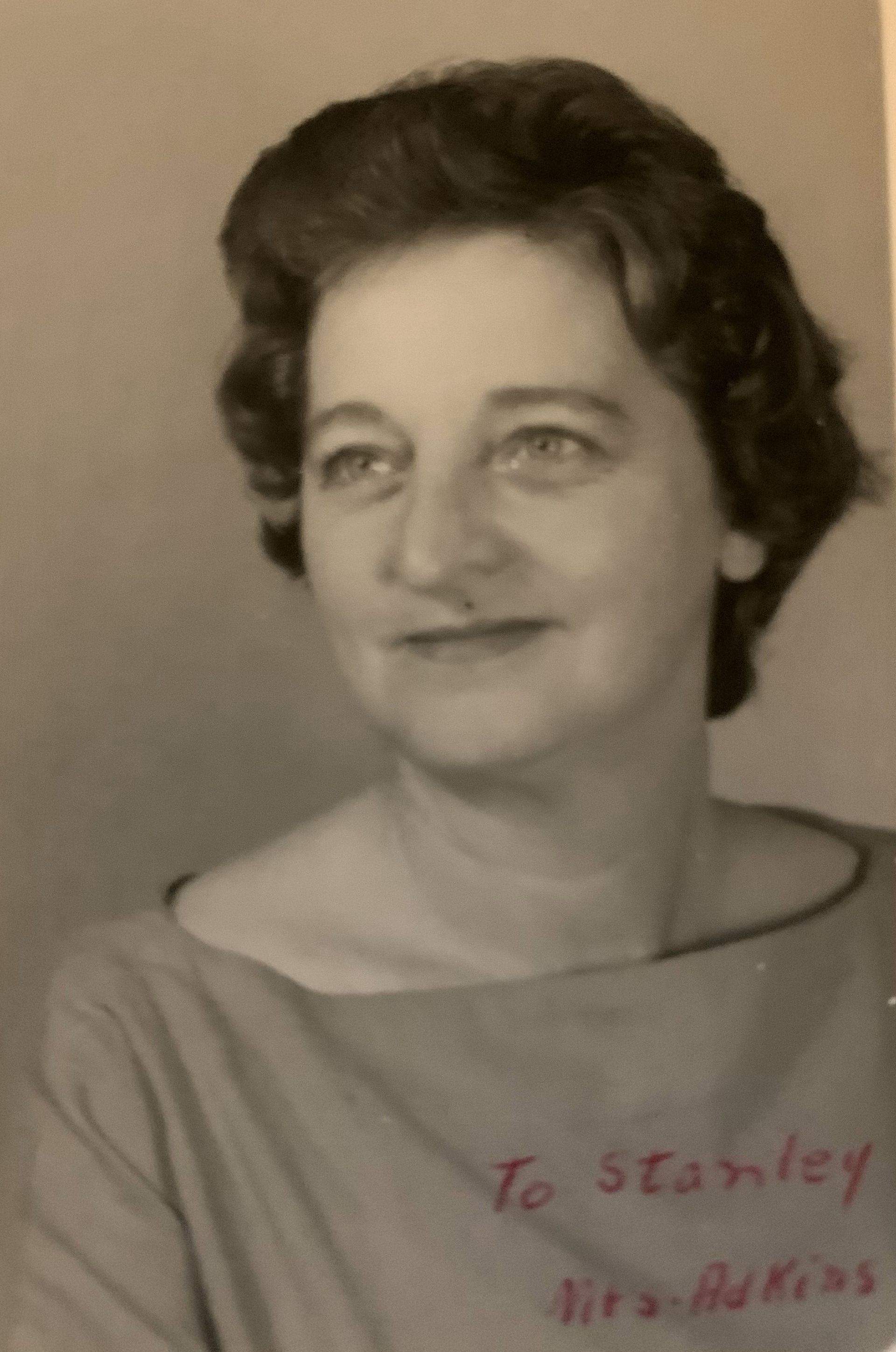
The schoolmarm that was closest to my heart, was my mother, Margaret Mize Adkins. I was only five years old when she started teaching in 1954. As the years went by, my sisters, Gloria and Diane, and I got to visit her rural schools and saw how dedicated she was to her profession.
From the Lincoln School in Douglas County, to Lake City, 10 miles east and ½ mile north of Parkston, her students thrived on her teaching ability.
In 1974, my mother ended her rural school teaching years in the same school that her mother, Amelia Mattas Mize, began hers in 1907 - the Milltown School.
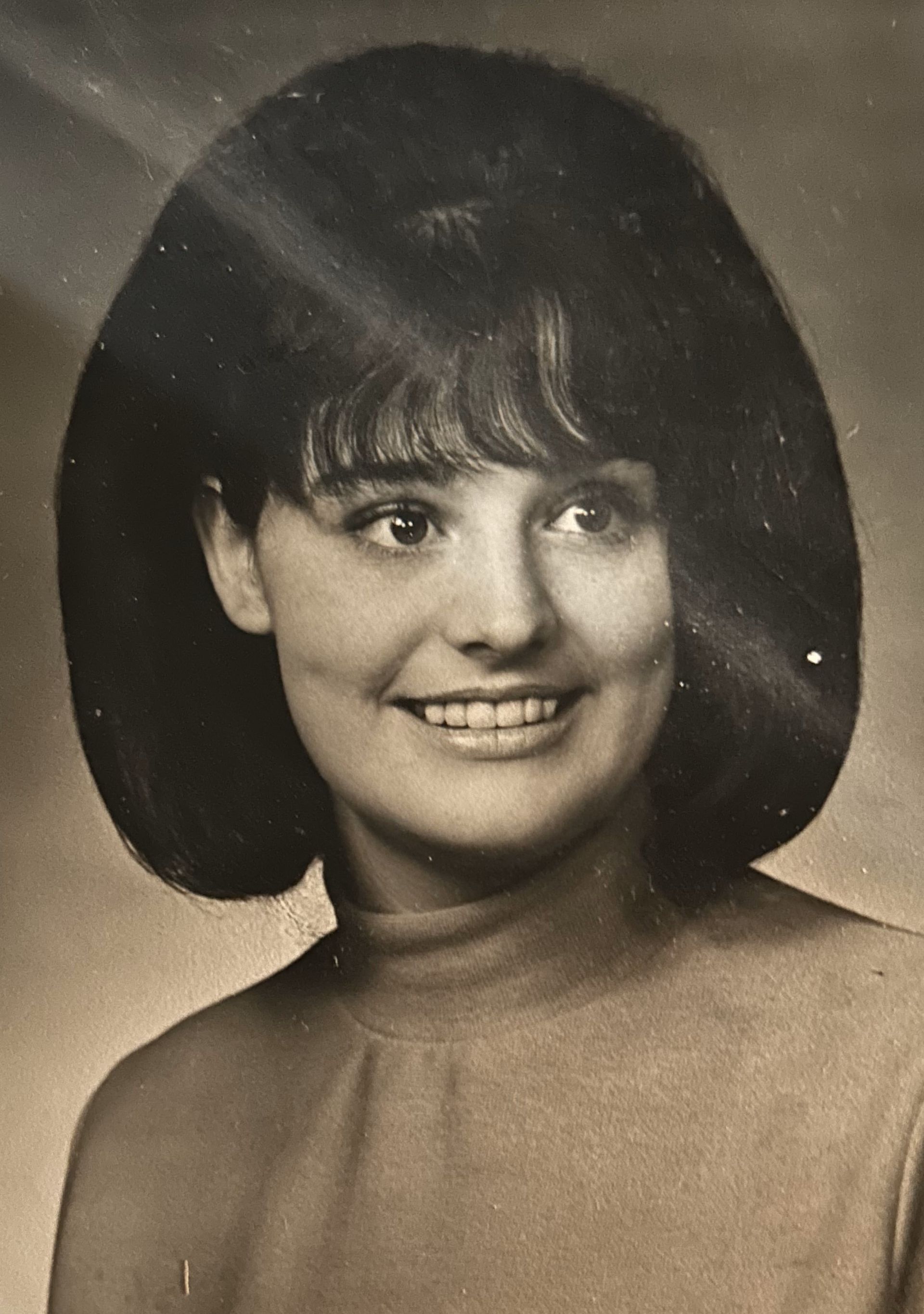
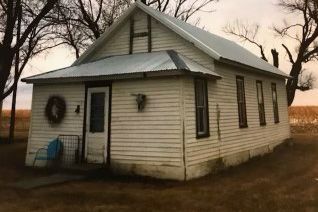
My sister, Gloria Adkins Leonard, taught for one year in a country school near Parkston. After that year, it closed.
The schools that these women taught in have all but vanished. Many were torn down, others found their way into farmyards as sheds.
The Lake City School in Douglas County was moved and for many years was used as a Farmer’s Union Hall, until it deteriorated and was burned. The last Milltown School was moved and turned into a residence for Laren Roth.
Gloria Adkins Leonard. Circa,1969
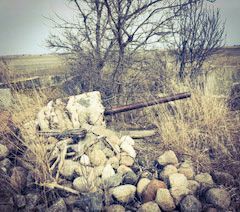
The Kline School had a unique ending. It served as additional room for the large Ed Heisinger family, and still stands. The Stainbrook School fell apart and all that remains is the foundation.
Kline School as it is today.
What remains of the Stainbrook School.
What does remain are the memories of the young people who grew up in that special place – the country school.
Picnics, programs, chasing gophers, reading, writing and arithmetic, teacher’s influences, Young Citizen’s League – those stories and many more will be shared by the students in next month’s edition of Country School Tales, Part 2.
For this month's Country School hot lunch recipe go to Recipe Story.
Photos courtesy of Bonnie and Stan Wuertzer, Linda Stirling Holmes, Alice Heisinger Mentele, LaVae Marquardt, Chuck Mize, and the Adkins Family Archives.
